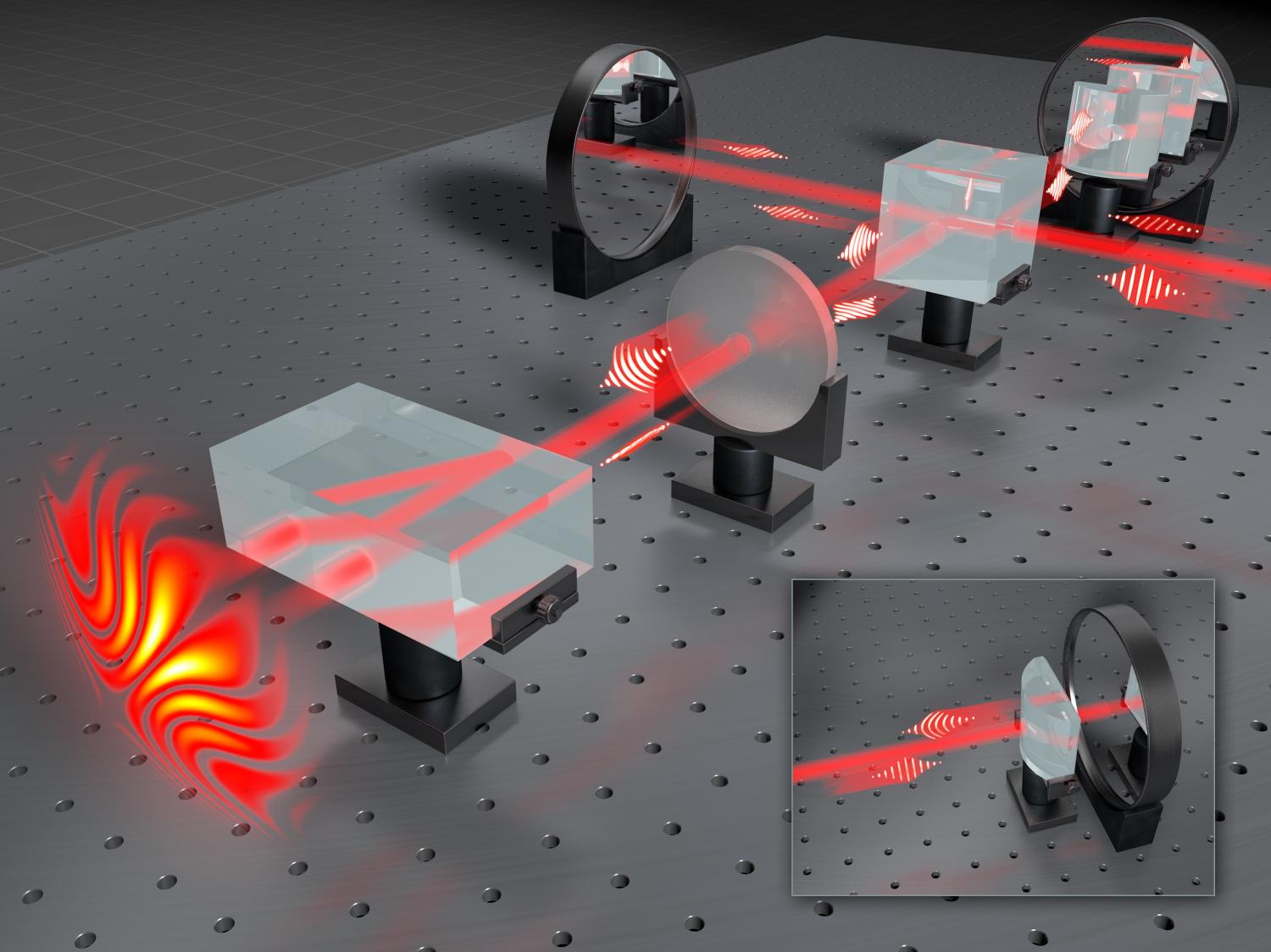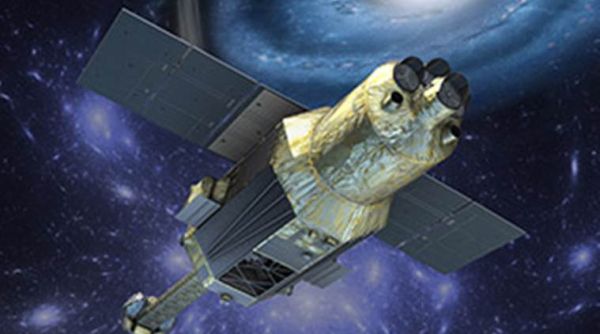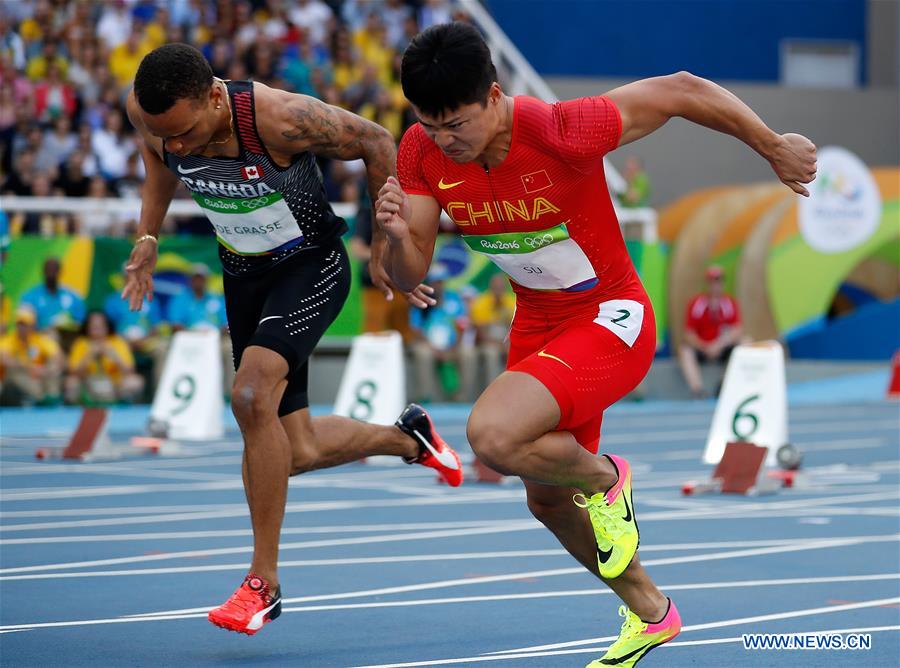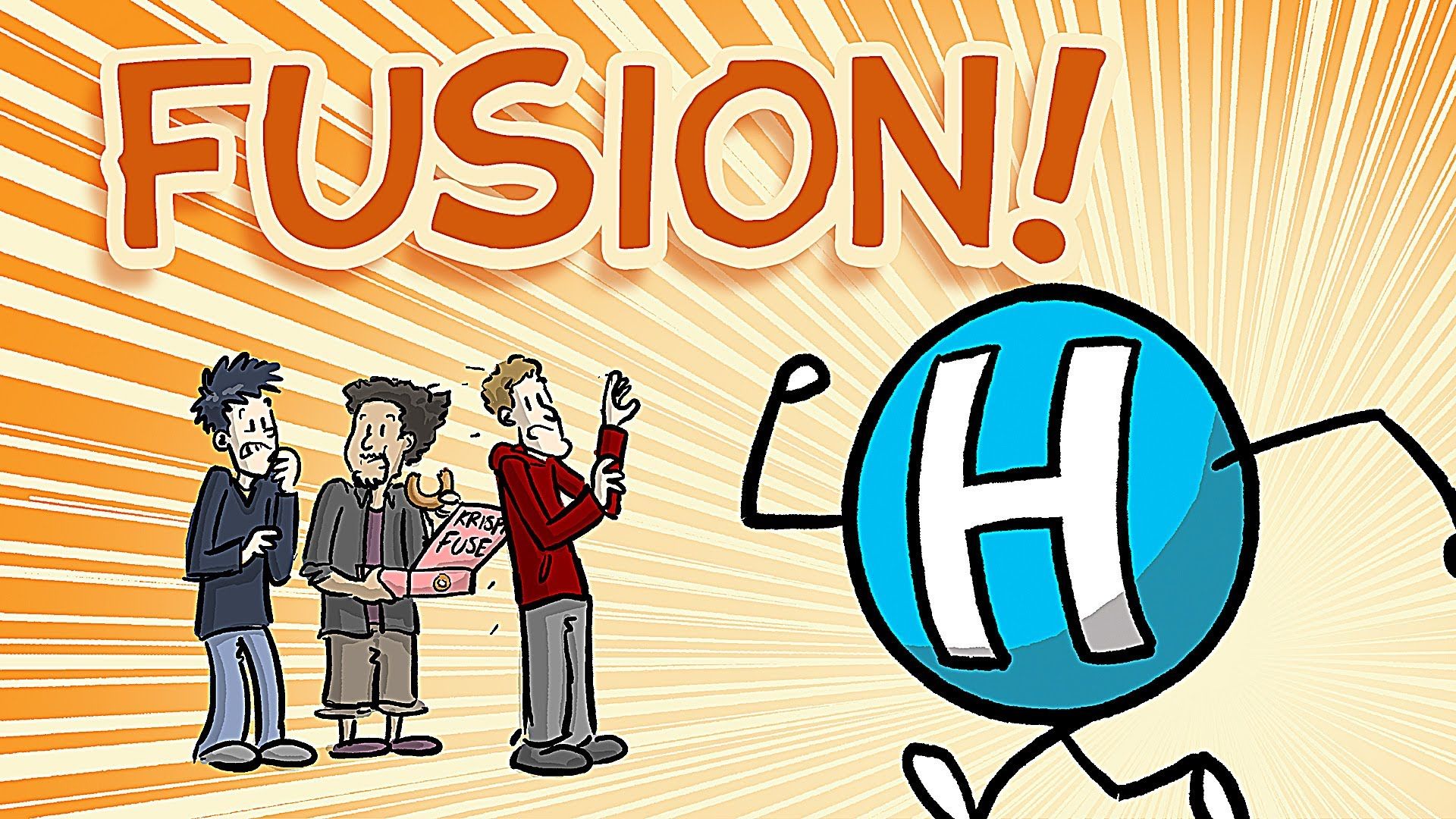Aug 19, 2016
Focus: Giant Molecule Made from Two Atoms
Posted by Karen Hurst in categories: computing, particle physics, quantum physics
Experiments confirm the existence of 1-micrometer-sized molecules made of two cesium atoms by showing that their binding energies agree with predictions.
Strongly bound diatomic molecules such as H2H2or O2O2 are less than a nanometer across. Surprisingly, scientists have been able to create two-atom molecules more than a thousand times larger by using exotic atoms that attract one another only very weakly. Now, a pair of physicists have calculated what makes these “macrodimers” stable, and they have verified their predictions by creating micrometer-sized molecules containing two cesium atoms. The macrodimers could have applications in quantum computing.

















